Meat Dicing Machine Configuration Suitable For Use In Meat Processing Plants
The Imperative of Precision: Why the Right Dicing Machine is Non-Negotiable for Meat Processors
In the competitive and highly regulated realm of meat processing, the pursuit of operational excellence necessitates an unwavering commitment to precision. Among the panoply of equipment integral to this industry, the meat dicing machine stands as a linchpin, directly impacting product quality, throughput, and ultimately, profitability. The selection of an appropriate dicing apparatus is not merely a logistical consideration; it is a strategic imperative that underpins the very efficacy of a meat processing enterprise. To compromise on the caliber or configuration of this pivotal machinery is to court inefficiency, inconsistency, and potential economic detriment.
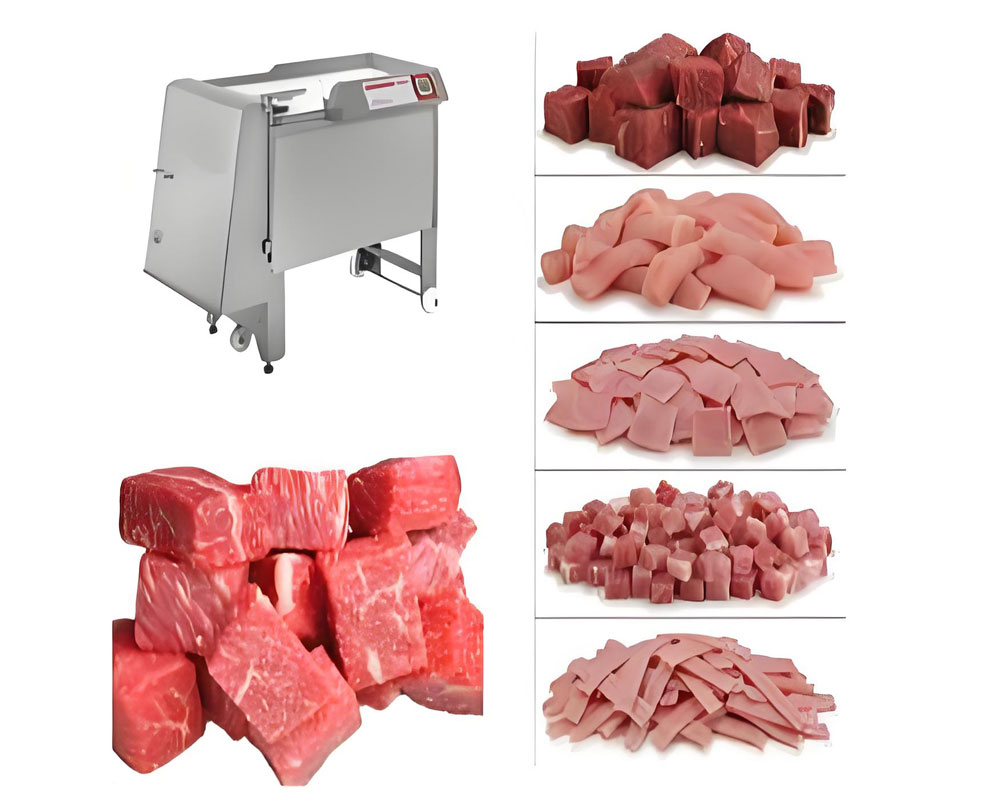
Unlocking Efficiency and Consistency: The Multifaceted Benefits of Optimized Dicing
The instantiation of a meticulously chosen dicing machine yields a cascade of benefits that reverberate throughout the meat processing workflow. Optimized dicing transcends mere comminution; it engenders uniformity in product dimensions, which is paramount for downstream processes such as cooking, packaging, and presentation. This consistency not only enhances the aesthetic appeal of the final product but also ensures predictable cooking times and yields, mitigating waste and optimizing resource utilization. Furthermore, an efficient dicing machine can significantly augment throughput, enabling processors to meet burgeoning market demands without compromising on quality. The reduction in manual labor associated with automated dicing also translates to decreased operational costs and a diminished risk of human error, fostering an environment of enhanced productivity and reliability.
Deconstructing the Dicer: Essential Components That Drive Performance
A contemporary meat dicing machine is a sophisticated amalgamation of interconnected components, each playing a critical role in the overall performance and efficacy of the unit. Understanding the function and interplay of these elements is crucial for informed decision-making during the procurement process. Key constituents typically include the infeed mechanism, which introduces the meat product into the cutting zone; the pre-compression unit, which ensures consistent density and orientation of the product prior to dicing; the intricate cutting assembly, comprising blades and grids that dictate the final dice dimensions; the drive system, which provides the motive force for the cutting action; and the outfeed conveyor, which facilitates the egress of the diced product. The material composition and engineering of each component directly influence the machine's durability, hygiene, and overall operational lifespan.
The Heart of the Operation: Understanding the Cutting Mechanisms in Meat Dicers
The cutting mechanism represents the nucleus of any meat dicing machine, and its design dictates the precision and quality of the final product. Various methodologies exist, each with its own advantages and applications. The guillotine cutting system, characterized by a reciprocating blade that slices through the meat block, is often employed for larger dice sizes and firmer products. Alternatively, the rotary cutting system utilizes circular blades that intersect with a grid, offering higher throughput and the ability to produce a wider range of dice dimensions. Some advanced machines incorporate a combination of pre-slicing and cross-cutting mechanisms to achieve intricate cuts and minimize product deformation. The selection of the appropriate cutting mechanism hinges on the specific types of meat being processed and the desired final product characteristics.
Powering the Process: Exploring the Motor and Drive Systems
The motor and drive systems are the prime movers behind the intricate cutting actions within a meat dicing machine. The selection of a robust and appropriately powered motor is paramount to ensure consistent performance under varying load conditions. Modern machines often employ asynchronous or servo motors, offering precise control over cutting speeds and torque. The drive system, which transmits power from the motor to the cutting mechanism, can utilize belts, gears, or direct coupling. The engineering of the drive system must prioritize efficiency, reliability, and minimal maintenance requirements. Furthermore, considerations such as energy consumption and noise levels should factor into the selection process, aligning with both operational efficiency and workplace safety protocols.
Ensuring Product Integrity: The Role of Infeed and Outfeed Systems
While the cutting mechanism performs the core function of dicing, the infeed and outfeed systems are equally critical in maintaining product integrity and ensuring a seamless workflow. The infeed system is responsible for presenting the meat product to the cutting mechanism in a controlled and consistent manner, preventing damage or miscuts. This may involve conveyor belts, hoppers, or specialized feeding devices tailored to the specific type and form of the meat. The outfeed system, typically a conveyor belt, facilitates the efficient removal of the diced product, often integrating with subsequent processing stages such as packaging or further preparation. The design and material of these systems must adhere to stringent hygiene standards, preventing contamination and ensuring the safety of the processed meat.
A Spectrum of Solutions: Navigating the Different Types of Meat Dicing Machines
The meat processing industry is characterized by diverse operational scales and specific product requirements, necessitating a broad spectrum of dicing machine configurations. From compact units suitable for smaller establishments to high-throughput behemoths designed for large-scale industrial applications, the market offers a plethora of options. Understanding the nuances of each type is essential for making an informed investment that aligns with the specific needs of a meat processing facility.
The Workhorse of the Industry: Examining Standard Industrial Dicers
Standard industrial dicers represent a versatile and robust category of machines widely employed across the meat processing sector. These units typically offer a balance between throughput capacity, cutting precision, and operational flexibility. They are designed to handle a variety of meat types and can be configured with different cutting grids and blade assemblies to achieve a range of dice sizes. Standard industrial dicers often incorporate features such as adjustable cutting speeds and safety interlocks, making them a reliable and adaptable solution for many processing needs. Their construction emphasizes durability and ease of maintenance, ensuring a long operational lifespan even under demanding conditions.
For High-Volume Demands: Understanding Large-Capacity Dicing Solutions
Facilities with substantial production volumes necessitate dicing solutions capable of processing prodigious quantities of meat in an efficient and continuous manner. Large-capacity dicing machines are engineered to meet these rigorous demands, often featuring wider infeed and outfeed conveyors, more powerful drive systems, and the ability to operate at higher cutting speeds. These machines are typically integrated into automated processing lines, contributing to a streamlined and highly productive workflow. Their robust construction and sophisticated engineering allow for sustained operation with minimal downtime, making them an indispensable asset for high-volume meat processing enterprises.
When Space is a Premium: Exploring Compact and Benchtop Dicing Machines
Not all meat processing operations require the expansive footprint of industrial-scale machinery. For smaller butcher shops, catering services, or facilities with limited space, compact and benchtop dicing machines offer a practical and efficient solution. These units, while smaller in stature, still provide a significant upgrade in efficiency and consistency compared to manual dicing methods. They are typically designed for ease of use and cleaning, making them ideal for operations where space and flexibility are paramount. While their throughput capacity may be lower than their industrial counterparts, they offer a cost-effective and space-saving means of achieving precise dicing results.
Tailored for Specific Needs: Delving into Specialized Dicing Equipment
Beyond the standard categories, the market also offers specialized dicing equipment designed to address unique processing requirements. This may include machines optimized for specific types of meat, such as poultry or fish, or units engineered to produce particular dice shapes or sizes beyond the capabilities of general-purpose dicers. For instance, some specialized machines are designed to create julienne cuts or intricate patterns. These niche machines often incorporate unique cutting mechanisms and material handling systems tailored to the specific application, allowing processors to create differentiated products and cater to specialized market segments.
Making the Right Choice: Critical Factors to Evaluate When Selecting a Meat Dicer
The selection of the optimal meat dicing machine is a multifaceted decision that requires careful consideration of various operational and economic factors. A thorough evaluation of these criteria will ensure that the chosen equipment aligns with the specific needs and objectives of the meat processing facility, maximizing return on investment and operational efficiency.
Matching Output to Demand: Accurately Assessing Your Production Capacity Requirements
A fundamental consideration in the selection process is the machine's throughput capacity in relation to the facility's production demands. Accurately forecasting current and future production volumes is crucial to ensure that the chosen dicing machine can adequately handle the required output without creating bottlenecks in the processing line. Overestimating capacity may lead to unnecessary capital expenditure, while underestimating it can result in operational inefficiencies and the inability to meet market demands. A comprehensive analysis of production goals and anticipated growth is therefore paramount.
Beyond Beef and Pork: Considering the Variety of Meats Your Operation Handles
The diversity of meat products processed by a facility will significantly influence the type of dicing machine required. Different types of meat, with their varying textures and compositions, may necessitate specific cutting mechanisms and machine configurations. For instance, a machine designed primarily for beef may not be optimal for processing delicate poultry or fish. Therefore, it is essential to consider the full spectrum of meat products that will be processed and select a machine with the versatility or specialization required to handle them effectively.
Achieving the Perfect Cut: The Significance of Desired Dice Dimensions and Uniformity
The desired dimensions and uniformity of the diced meat are critical factors that directly impact the quality and marketability of the final product. Different applications may require specific dice sizes, ranging from small cubes for stews to larger pieces for kabobs. The consistency of these dimensions is equally important, as it affects cooking times, presentation, and consumer perception. The chosen dicing machine must be capable of consistently producing the required dice dimensions with minimal variation, ensuring a high-quality and visually appealing end product.
Upholding Stringent Standards: Prioritizing Hygiene and Ease of Sanitation in Machine Design
In the food processing industry, hygiene is of paramount importance. Meat processing facilities are subject to stringent regulations and must adhere to rigorous sanitation protocols to prevent contamination and ensure food safety. The design of the dicing machine should therefore prioritize ease of cleaning and sanitation. Features such as smooth surfaces, accessible components, and the use of food-grade materials are essential. The ability to quickly and effectively disassemble and reassemble the machine for thorough cleaning is also a critical consideration.
Safety First: Integrating Essential Safety Features for Operational Security
The safety of personnel operating and maintaining the dicing machine is a non-negotiable priority. Modern dicing machines are equipped with a range of safety features designed to prevent accidents and ensure a safe working environment. These may include safety interlocks that prevent operation when guards are open, emergency stop buttons that can quickly halt the machine in case of an issue, and enclosed cutting zones to minimize the risk of injury. Thoroughly evaluating the safety features of a potential dicing machine is crucial for protecting employees and complying with safety regulations.
Seamless Integration: Evaluating Compatibility with Existing Processing Lines
For many meat processing facilities, the dicing machine is just one component in a larger, integrated processing line. Ensuring seamless compatibility with existing equipment, such as conveyors, grinders, and packaging machines, is essential for optimizing workflow and maximizing efficiency. Factors such as the height of the infeed and outfeed conveyors, the direction of product flow, and the overall footprint of the dicing machine should be considered to ensure smooth integration into the existing processing infrastructure.
Built to Last: Assessing Material Quality and Machine Durability for Long-Term Investment
A meat dicing machine represents a significant capital investment, and its longevity and durability are crucial factors in determining its long-term value. The quality of the materials used in the machine's construction, such as stainless steel grades and the robustness of the drive components, will directly impact its ability to withstand the rigors of continuous operation in a demanding environment. Investing in a machine built with high-quality materials and robust engineering will minimize downtime, reduce maintenance costs, and ensure a longer operational lifespan, ultimately providing a better return on investment.
The Bottom Line: Analyzing Initial Costs and Long-Term Operational Expenses
While the initial purchase price of a meat dicing machine is a significant consideration, a comprehensive cost analysis should also encompass long-term operational expenses. These may include energy consumption, maintenance costs, replacement parts, and labor associated with operating and cleaning the machine. A more expensive machine with higher efficiency and lower maintenance requirements may prove more cost-effective in the long run compared to a cheaper unit with higher operational costs. A thorough evaluation of both initial and long-term costs is essential for making a financially sound investment.
Configurations for Every Scale: Tailoring Dicing Solutions to Different Plant Sizes
The optimal dicing machine configuration will vary significantly depending on the size and scale of the meat processing operation. Small butcher shops will have different needs and constraints compared to large industrial processing plants. Understanding these distinctions is crucial for selecting a dicing solution that is appropriately sized and configured for the specific operational context.
Optimizing for Small to Medium Operations: Key Considerations and Machine Recommendations
For small to medium-sized meat processing operations, factors such as space constraints, budget limitations, and the need for versatility are often paramount. Compact and benchtop dicing machines, as well as smaller industrial units, may be ideal choices for these operations. Key considerations include ease of use, cleaning efficiency, and the ability to handle a variety of meat types. Machines with interchangeable cutting grids can offer greater flexibility in terms of dice sizes. Robust but not overly complex designs are often preferred to minimize maintenance requirements and operational downtime.
Maximizing Throughput in Large-Scale Facilities: Advanced Dicing Solutions and System Integration
Large-scale industrial meat processing plants prioritize high throughput, continuous operation, and seamless integration with automated processing lines. For these facilities, large-capacity dicing machines with robust construction, powerful drive systems, and the ability to operate at high speeds are essential. Integration with automated infeed and outfeed systems, as well as sophisticated control systems, is crucial for maximizing efficiency and minimizing manual intervention. Considerations such as remote monitoring capabilities and advanced safety features are also important for ensuring optimal performance and operational security in large-scale environments.
The Future of Dicing: Exploring Innovations and Technological Advancements in Meat Processing
The field of meat processing technology is constantly evolving, and advancements in dicing machine design are continually emerging. These innovations aim to enhance efficiency, improve product quality, and address the evolving needs of the industry. Staying abreast of these technological advancements can provide meat processors with a competitive edge and enable them to optimize their operations for the future.
Staying Ahead of the Curve: Investigating Automated Dicing Systems and Robotics
Automation is playing an increasingly significant role in meat processing, and dicing operations are no exception. Automated dicing systems, often incorporating robotic arms for loading and unloading, offer the potential for even higher throughput, reduced labor costs, and enhanced precision. These systems can be integrated with vision systems for quality control and can be programmed to perform complex cutting patterns. While the initial investment may be higher, automated dicing solutions can provide significant long-term benefits for large-scale operations seeking to maximize efficiency and minimize human error.
Smart Solutions: The Integration of Data and Monitoring in Modern Dicers
Modern meat dicing machines are increasingly incorporating sensors and data analytics capabilities. These "smart" dicers can monitor various operational parameters, such as cutting speed, motor load, and product temperature, providing valuable insights into machine performance and potential issues. This data can be used for predictive maintenance, optimizing cutting parameters, and ensuring consistent product quality. The integration of data and monitoring capabilities represents a significant step towards more efficient and intelligent meat processing operations.
Troubleshooting and Maintenance: Ensuring Peak Performance and Longevity
Even the most robust and well-designed meat dicing machine will require regular maintenance and may occasionally encounter operational issues. Understanding common problems and implementing proactive maintenance practices are essential for ensuring peak performance, maximizing the machine's lifespan, and minimizing downtime.
Addressing Common Operational Challenges: Identifying and Resolving Dicing Machine Issues
Meat processors may encounter various challenges during dicing operations, such as inconsistent dice sizes, product jamming, or excessive noise. Identifying the root cause of these issues is crucial for implementing effective solutions. Inconsistent dice sizes may be due to dull blades, incorrect grid selection, or improper product feeding. Jamming can often be attributed to overloading the machine or the presence of foreign objects. Excessive noise may indicate a problem with the motor or drive system. Having a systematic approach to troubleshooting common issues can help minimize downtime and maintain operational efficiency.
Proactive Measures: Implementing Effective Maintenance Schedules and Practices
Preventive maintenance is key to ensuring the longevity and optimal performance of a meat dicing machine. Implementing a regular maintenance schedule that includes tasks such as blade sharpening or replacement, lubrication of moving parts, and thorough cleaning can significantly reduce the likelihood of unexpected breakdowns and costly repairs. Training personnel on proper operation and basic maintenance procedures is also crucial for maximizing the machine's lifespan and ensuring safe operation.
Real-World Success Stories: Examining Case Studies of Optimal Dicing Machine Implementation
The practical benefits of selecting and implementing the right meat dicing machine configuration are best illustrated through real-world examples. Examining case studies of meat processing facilities that have successfully optimized their dicing operations can provide valuable insights and demonstrate the tangible impact of informed decision-making in this critical area.
Learning from the Best: Analyzing How Leading Meat Processors Leverage Dicing Technology
Leading meat processors often employ cutting-edge dicing technology and innovative operational practices to achieve superior product quality and efficiency. Analyzing their approaches, including the types of machines they utilize, their maintenance protocols, and their integration strategies, can provide valuable lessons for other processors seeking to elevate their own operations. These case studies often highlight the importance of a holistic approach to dicing, considering not only the machine itself but also its integration within the broader processing environment.
Key Takeaways for Informed Decision-Making: Selecting the Ideal Meat Dicing Machine Configuration for Your Plant
In conclusion, the selection of the appropriate meat dicing machine configuration is a pivotal decision for any meat processing enterprise. It demands a comprehensive understanding of operational requirements, technological options, and economic considerations. By meticulously evaluating factors such as production capacity, product diversity, desired dice characteristics, hygiene standards, safety features, integration needs, and long-term costs, meat processors can make informed choices that will significantly impact their efficiency, product quality, and overall success. The imperative of precision in meat processing underscores the non-negotiable nature of investing in the right dicing technology, ensuring a future of optimized operations and sustained profitability.
Frequently Asked Questions (FAQ)
What are the primary types of meat dicing machines available for processing plants?
The primary types include standard industrial dicers, large-capacity dicing solutions for high volumes, compact and benchtop machines for smaller operations or limited space, and specialized equipment tailored for specific meat types or cutting requirements.
What are the most critical factors to consider when choosing a meat dicing machine?
Key factors include your production capacity requirements, the variety of meats you process, the desired dice dimensions and uniformity, hygiene and sanitation considerations, safety features, compatibility with existing processing lines, material quality and durability, and the overall cost, including both initial investment and long-term operational expenses.
Why is hygiene such an important consideration when selecting a meat dicing machine?
Hygiene is paramount in meat processing to prevent contamination and ensure food safety. Selecting a machine designed for ease of cleaning and sanitation, with features like smooth surfaces, accessible components, and food-grade materials, is crucial for complying with stringent industry regulations.
What kind of maintenance do meat dicing machines typically require?
Regular maintenance includes tasks such as blade sharpening or replacement, lubrication of moving parts, and thorough cleaning. Implementing a proactive maintenance schedule is essential for ensuring peak performance, maximizing the machine's lifespan, and minimizing downtime.
What are the key cost considerations when investing in a meat dicing machine?
Cost considerations extend beyond the initial purchase price to include long-term operational expenses such as energy consumption, maintenance costs, replacement parts, and labor associated with operating and cleaning the machine. A comprehensive cost analysis is essential for making a financially sound investment.
How do I determine the appropriate throughput capacity for my meat dicing machine?
Accurately assess your current and future production volumes to ensure the chosen dicing machine can handle the required output without creating bottlenecks. Consider your peak production times and anticipated growth when making this determination.
Why is achieving consistent dice dimensions important in meat processing?
Consistent dice dimensions are crucial for ensuring uniform cooking times, enhancing the visual appeal of the final product, and maintaining consumer satisfaction. The right dicing machine should be capable of consistently producing the desired dice size with minimal variation.
Can meat dicing machines be integrated with other processing equipment?
Yes, many meat dicing machines are designed for seamless integration with existing processing lines, such as conveyors, grinders, and packaging machines. Evaluating the compatibility of the dicing machine with your current infrastructure is important for optimizing workflow.
What safety features should I look for in a meat dicing machine?
Essential safety features include safety interlocks that prevent operation when guards are open, emergency stop buttons, and enclosed cutting zones to minimize the risk of injury to personnel.
How long can I expect a high-quality meat dicing machine to last?
The lifespan of a meat dicing machine depends on factors such as the quality of materials, the robustness of its engineering, and the adherence to regular maintenance schedules. Investing in a machine built with high-quality materials and implementing proactive maintenance can ensure a longer operational lifespan.
Must-Read Blogs For Chain Restaurants Owner

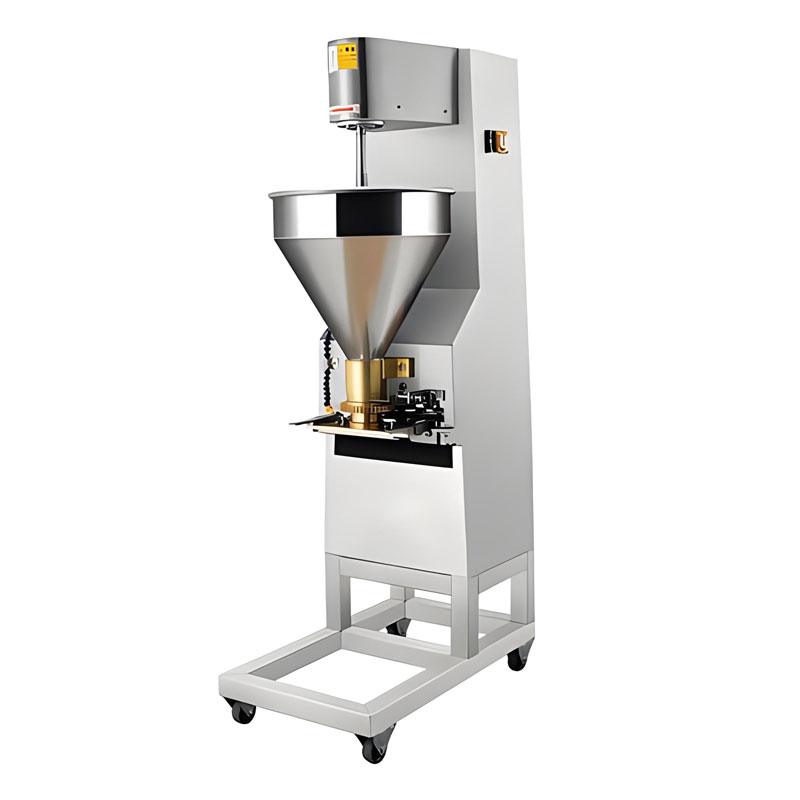
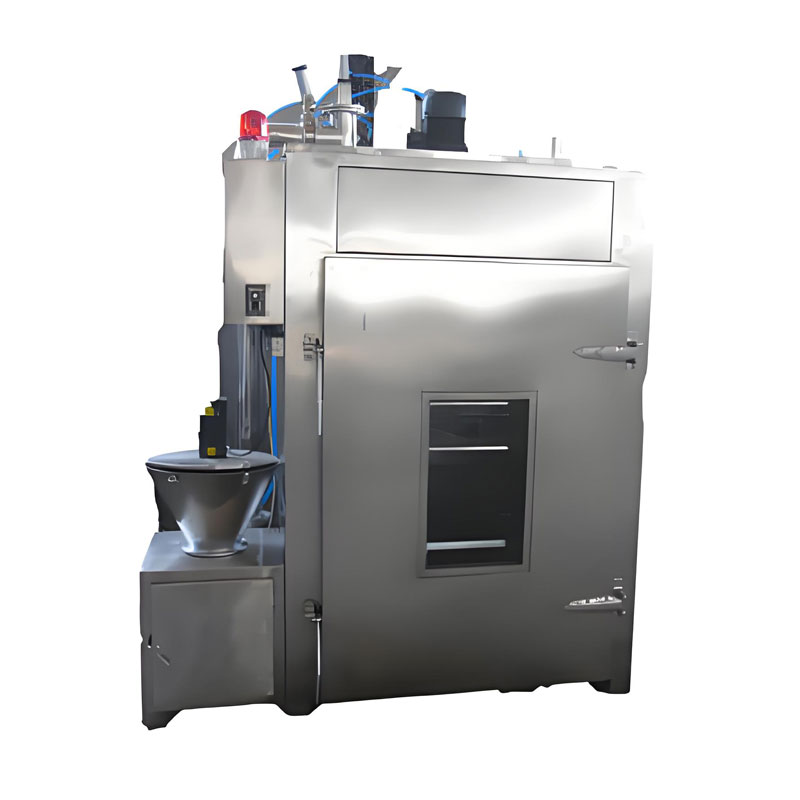
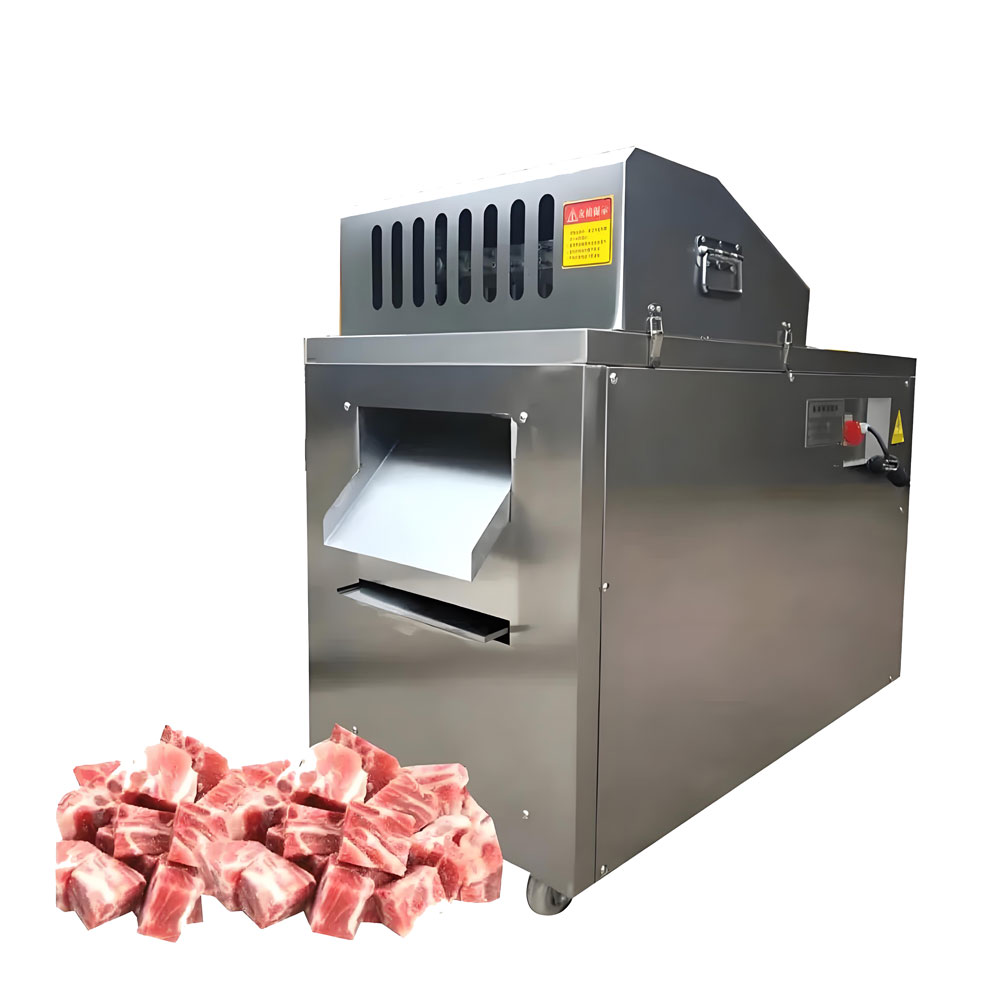
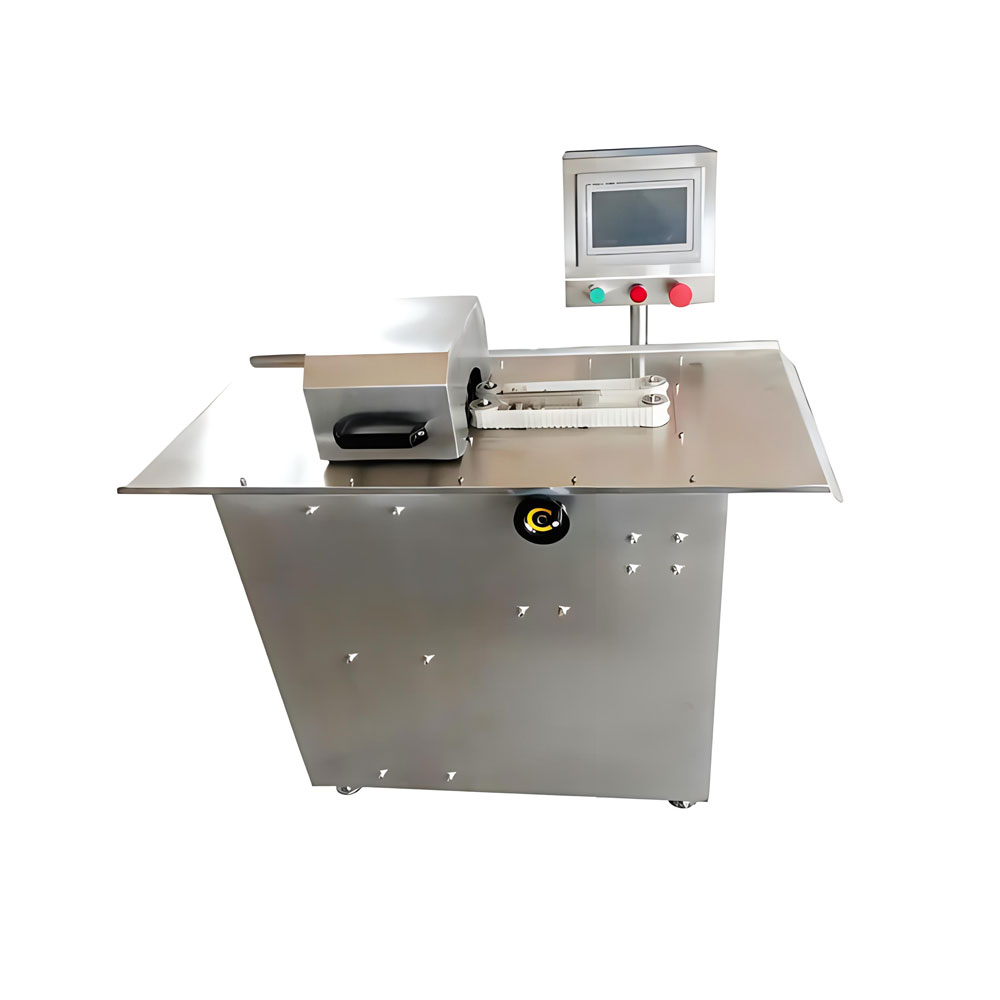
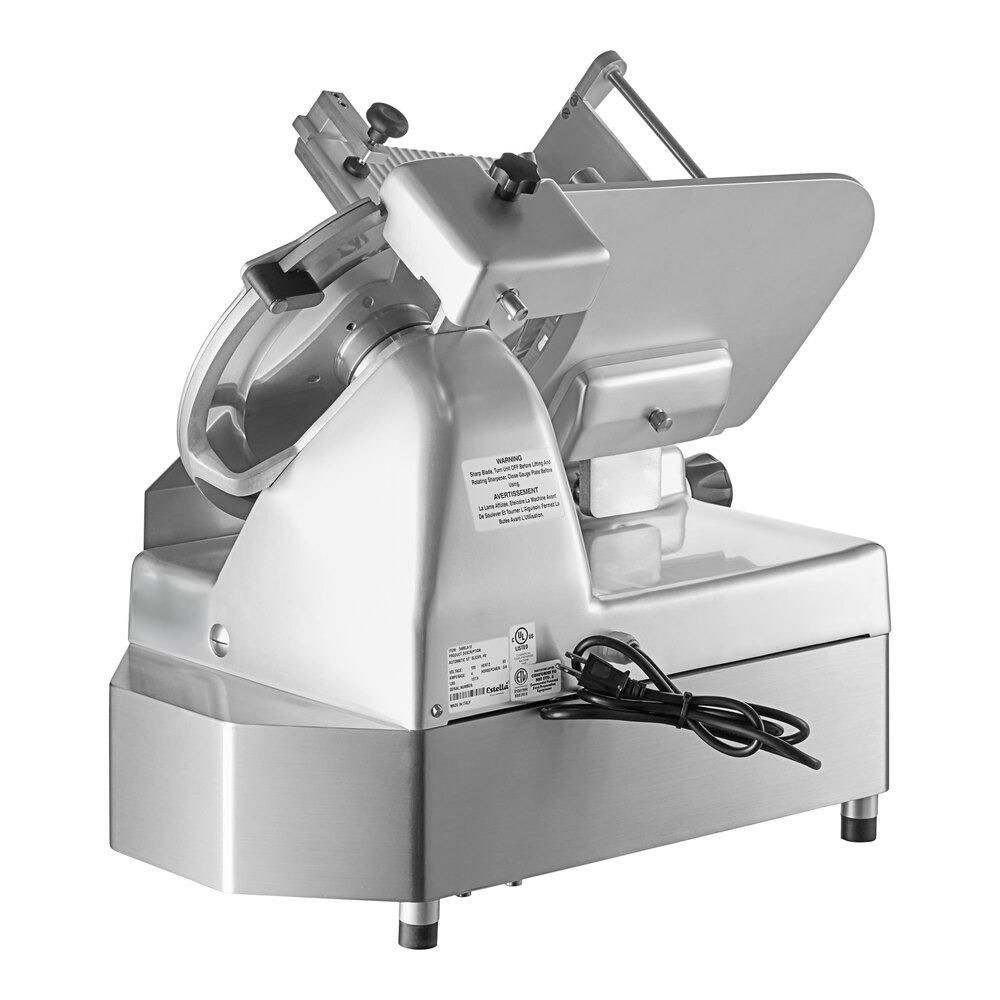
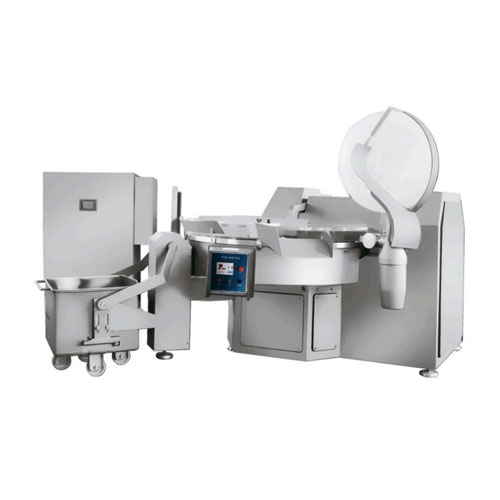
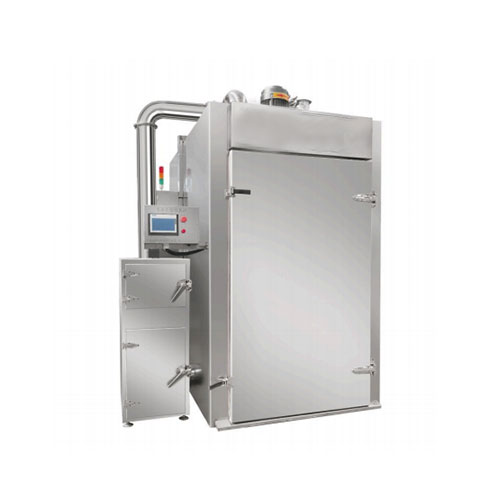
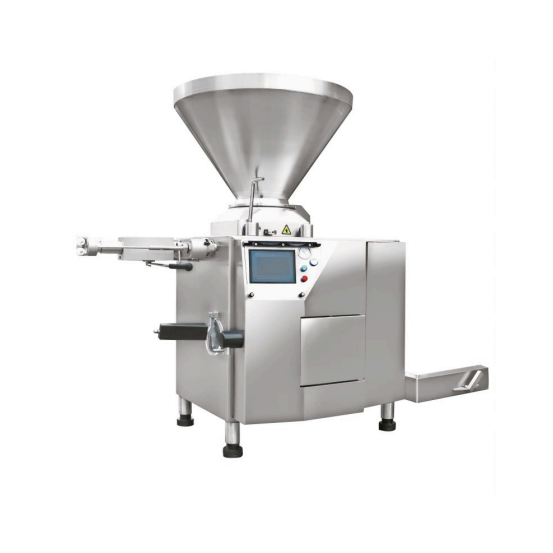
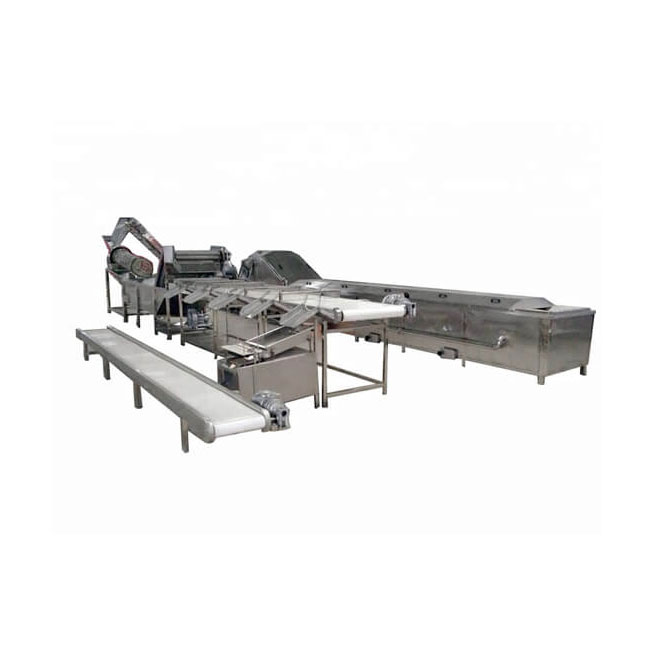
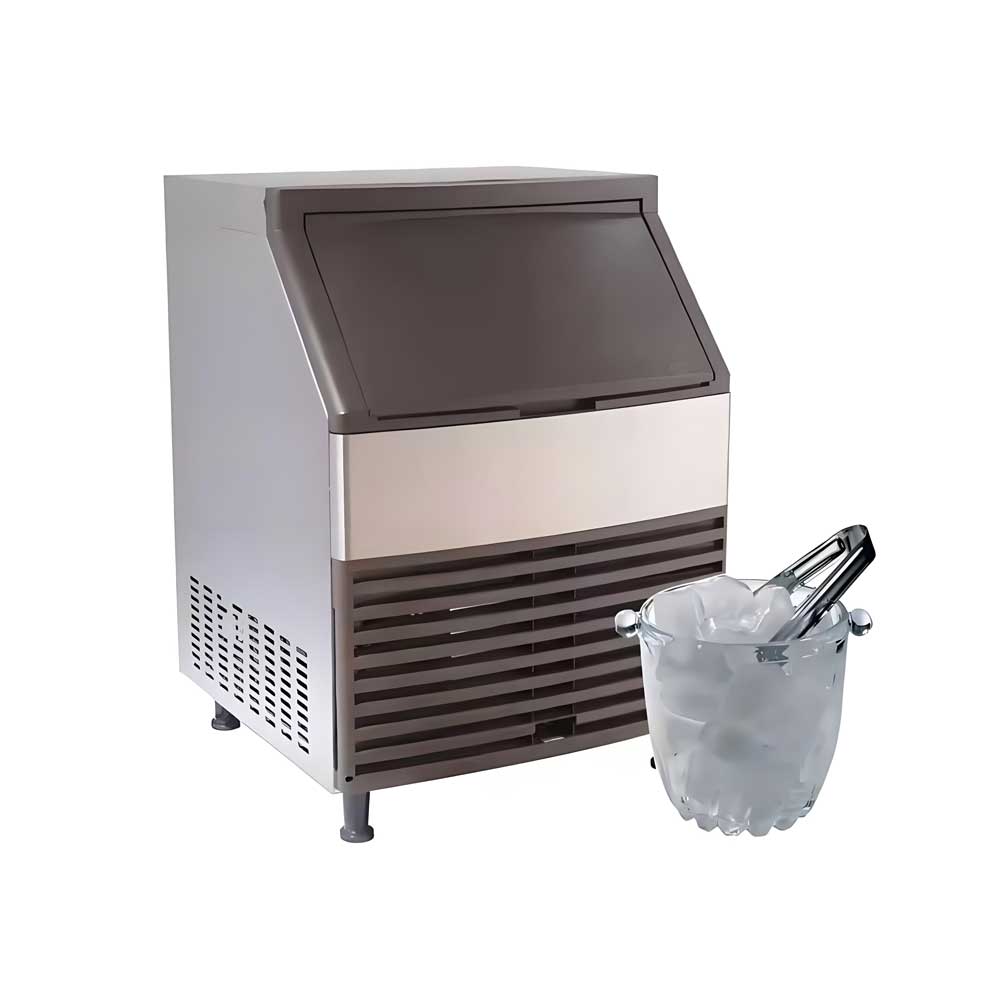
 Automatic Fresh Meat Dicing Machine
Automatic Fresh Meat Dicing Machine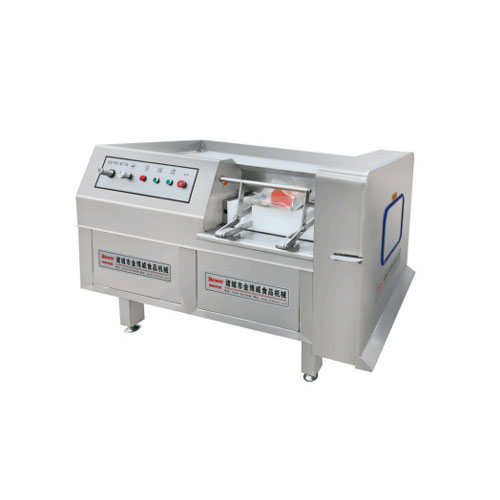 Meat Dicing Machine
Meat Dicing Machine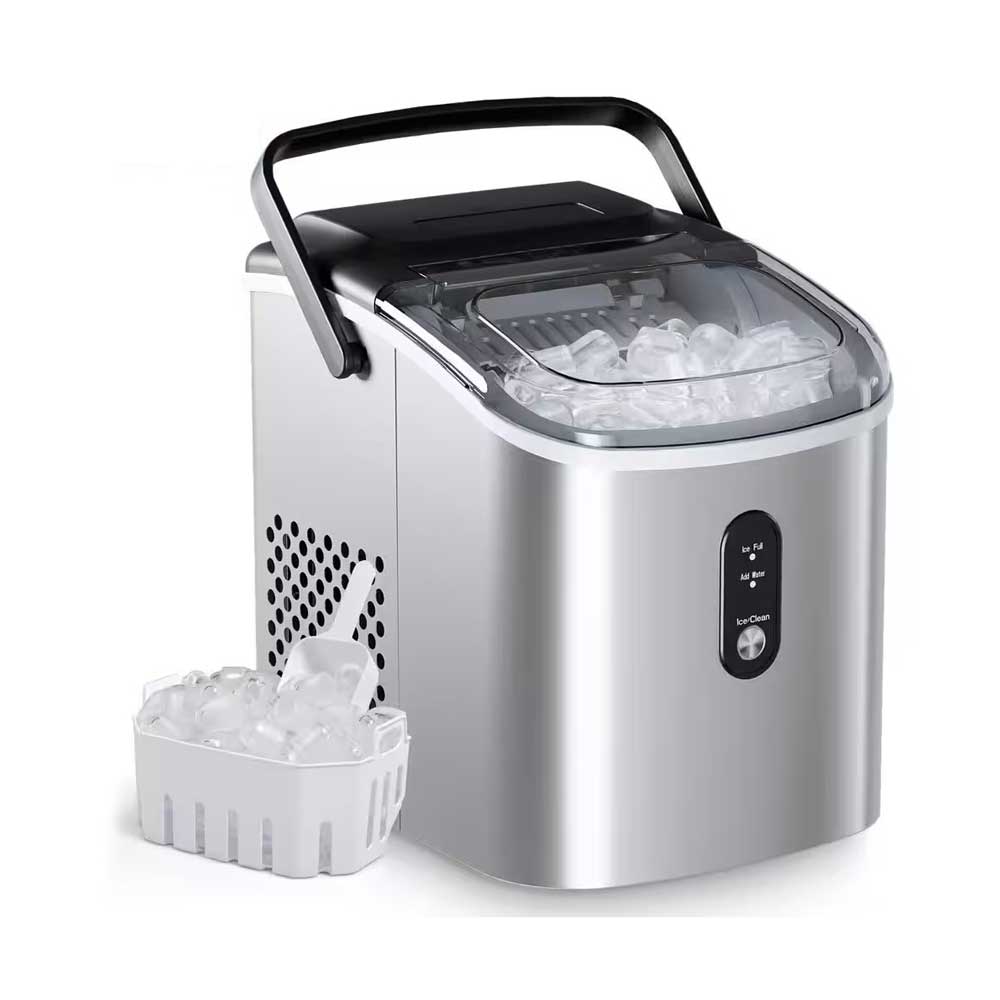 Portable Flake Ice Machine
Portable Flake Ice Machine
Ready to Get Started?